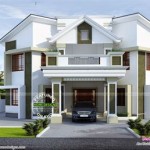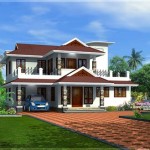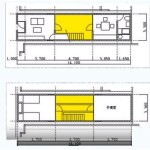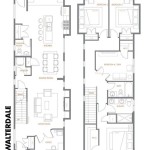Normal House Plans: Essential Aspects to Consider
When embarking on the journey of building your dream home, it is crucial to carefully consider the various aspects of normal house plans to ensure a successful and satisfactory outcome. These plans serve as the blueprint for your home, outlining the layout, dimensions, and overall structure. By understanding the key elements involved, you can make informed decisions that align with your specific needs and desires.
Material Selection
The choice of materials for your house plan is paramount. It affects the durability, longevity, and aesthetic appeal of your home. Common materials include:
- Wood: Known for its versatility, warmth, and affordability.
- Brick: Durable, fire-resistant, and adds a classic touch.
- Concrete: Strong, low-maintenance, and can be molded into various shapes.
- Steel: Lightweight, earthquake-resistant, and provides flexibility in design.
Layout and Design
The layout of your house plan should optimize space, maximize natural light, and cater to your lifestyle. Key considerations include:
- Number of bedrooms and bathrooms: Determine the space requirements for your family.
- Flow of traffic: Ensure smooth movement between rooms without congestion.
- Natural light and ventilation: Design windows and doors to allow ample daylight and air circulation.
- Special features: Consider amenities such as a fireplace, outdoor patio, or home office.
Energy Efficiency
Modern house plans incorporate energy-efficient measures to reduce utility costs and minimize environmental impact. Features to consider include:
- Insulation: Reduces heat transfer, keeping your home comfortable and energy-efficient.
- Energy-efficient windows: Low-emissivity coatings block harmful UV rays and reduce heat loss.
- Solar panels: Generate renewable energy, lower electricity bills, and contribute to sustainability.
- Smart home systems: Control lighting, temperature, and security remotely, reducing energy waste.
Cost Considerations
Budget is a crucial factor in house plan selection. The cost varies depending on factors such as:
- Size of the house: Larger houses require more materials and labor.
- Materials used: Luxury materials and finishes increase the cost.
- Complexity of the design: Intricate designs and special features add to the expense.
- Location: Building costs vary based on labor rates and material availability in different regions.
Customization and Modifications
Normal house plans can be customized to meet specific needs and preferences. Modifications may include:
- Adjusting the layout: Rearranging rooms, adding or removing walls to suit your lifestyle.
- Changing the exterior: Modifying the roofline, siding material, or adding architectural details.
- Incorporating sustainable features: Adding solar panels, rainwater harvesting systems, or energy-efficient appliances.
Professional Assistance
Consider seeking professional assistance from an architect or home designer. They can provide expertise in:
- Developing customized plans: Create a plan that aligns with your vision.
- Ensuring structural integrity: Ensure the plan meets building codes and provides a safe and stable structure.
- Maximizing space and efficiency: Optimize the layout for maximum comfort and functionality.
By carefully considering the essential aspects outlined above, you can select a normal house plan that meets your needs, aligns with your budget, and lays the foundation for a home that you will cherish for years to come.

Small House Design 2024001 Pinoy Eplans Floor Plans

25 42 House Plan Ground Floor Plans Normal Design

North Face 2bhk House Map In 30x45 Ft Plot Small Elevation 3d Home Design

3bhk House Plan Plans 2bhk How To

House Design Plans 7 5 11 With 2 Bedrooms Hip Roof Engineering Discoveries Simple Small

N Home Design Free House Floor Plans 3d Ideas Kerala

25 Stunning 2bhk House Plan Ideas Designs For

House Plan Ch177 Plans Modern Design

Normal House Free Design 3d Floor Plans By Planner 5d

Home Plan Ch10 House Plans Small Affordable








